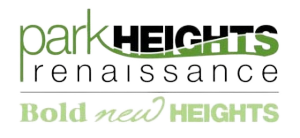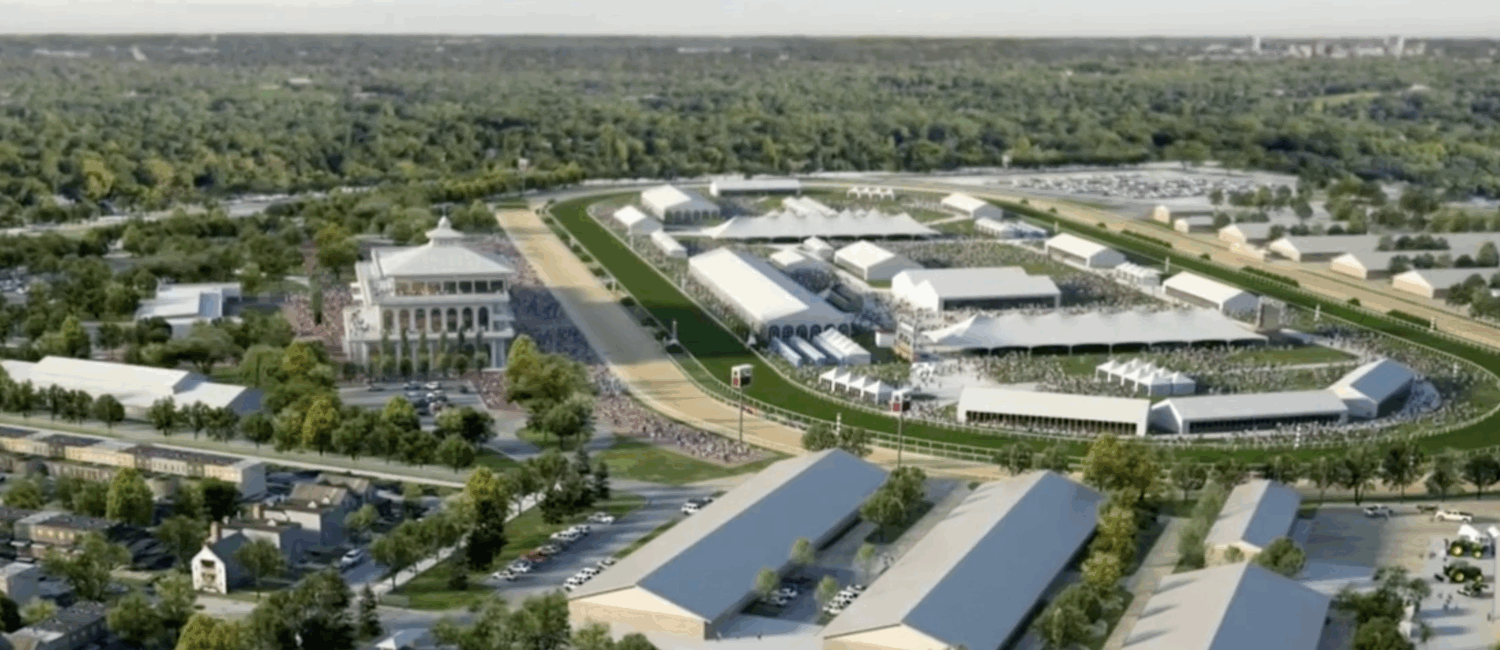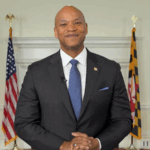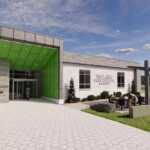In Park Heights, “we knocked on every door,” said Yolanda Jiggetts, the chief executive of Park Heights Renaissance, a nonprofit focused on community development that has emerged as a critical partner with the city. “We tried to convey to people: ‘I’m from the neighborhood. We’re here to understand your concerns.’ We came back until we got every resident.”
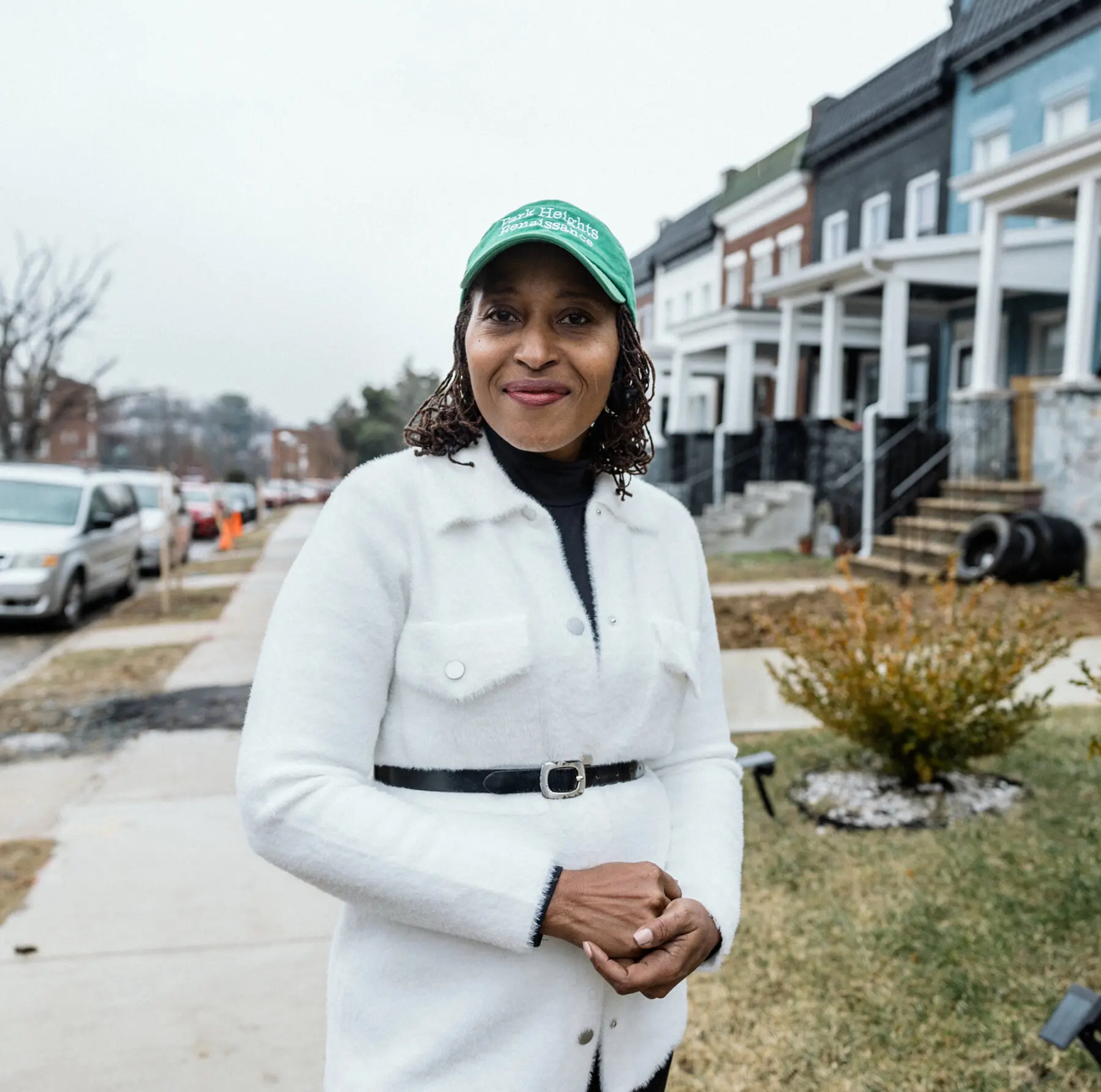
Caption: In Park Heights, a line of newly renovated rowhouses stands at attention. The demolition, construction and renovation work was all done by locals.
On the 2600 block of Loyola Northway, there were 11 abandoned houses. To lower renovation costs, community members themselves took on the interior demolition of buildings, knocking down rotting walls, hauling out junk and pulling up tree roots.
The renovated properties, many with roof decks and finished basements, all sold for between $290,000 and $350,000. Many buyers took advantage of city grant subsidies, which lowered down payment costs by $15,000 or more. Some of the buyers are local, but others came from across the country. Deed restrictions were put in place to prevent investors from snapping up the properties; new buyers are required to live there full time.
Notably, a block that was once entirely Black now has white and Asian families living on it. That transition hasn’t been seamless, Ms. Jiggetts said. She said she reminds longtime residents that their new neighbors are most likely in the same tax bracket that they are. She noted that for many new homeowners, monthly mortgage costs are still under $2,000.
When you’ve lived through disinvestment and then you start seeing investment, you think it’s not for you,” Ms. Jiggetts said. “We are always trying to convey that to be a successful community, for it to thrive, there needs to be diversity.”
Her Downpayment? Five Thousand Dollars
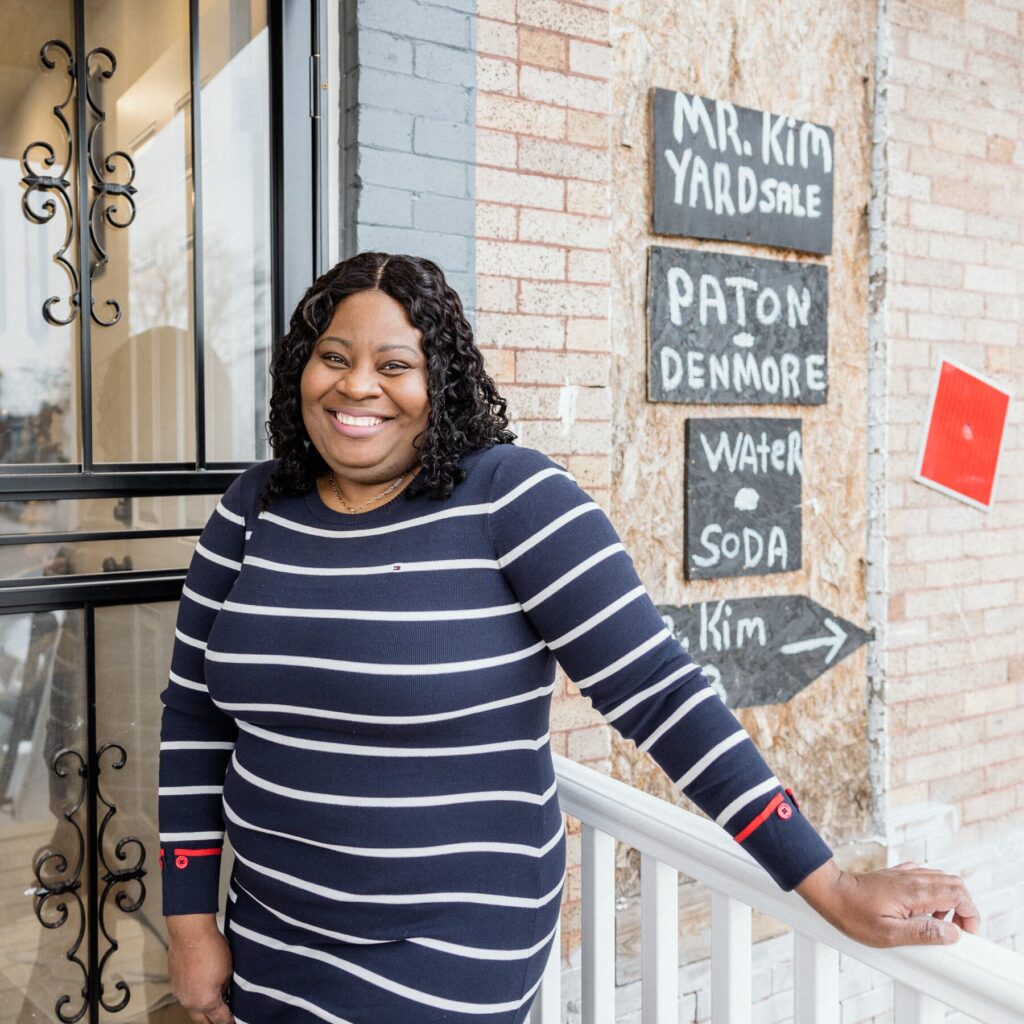
Caption: Ava Turner, a mother of four, got the keys to a freshly renovated rowhouse in Baltimore’s Park Heights neighborhood in February. It’s the first home she’s ever owned. Her down payment? Five thousand dollars.
The bank officer made a call to a developer, and a few months later, in February, Ms. Turner was given the keys to a three-bedroom, two-bathroom rowhouse in the Park Heights neighborhood. With a $5,000 down payment, she bought the house for $230,000. “I fell in love with it,” she said. “My kids fell in love with it, too. I wanted to do this. I felt it in my spirit.”
Ms. Turner’s solid credit score and desire to move to Park Heights made her a prime candidate for assistance as part of the city’s 15-year initiative to restore blighted neighborhoods and to promote homeownership.
‘A True Son of Baltimore’
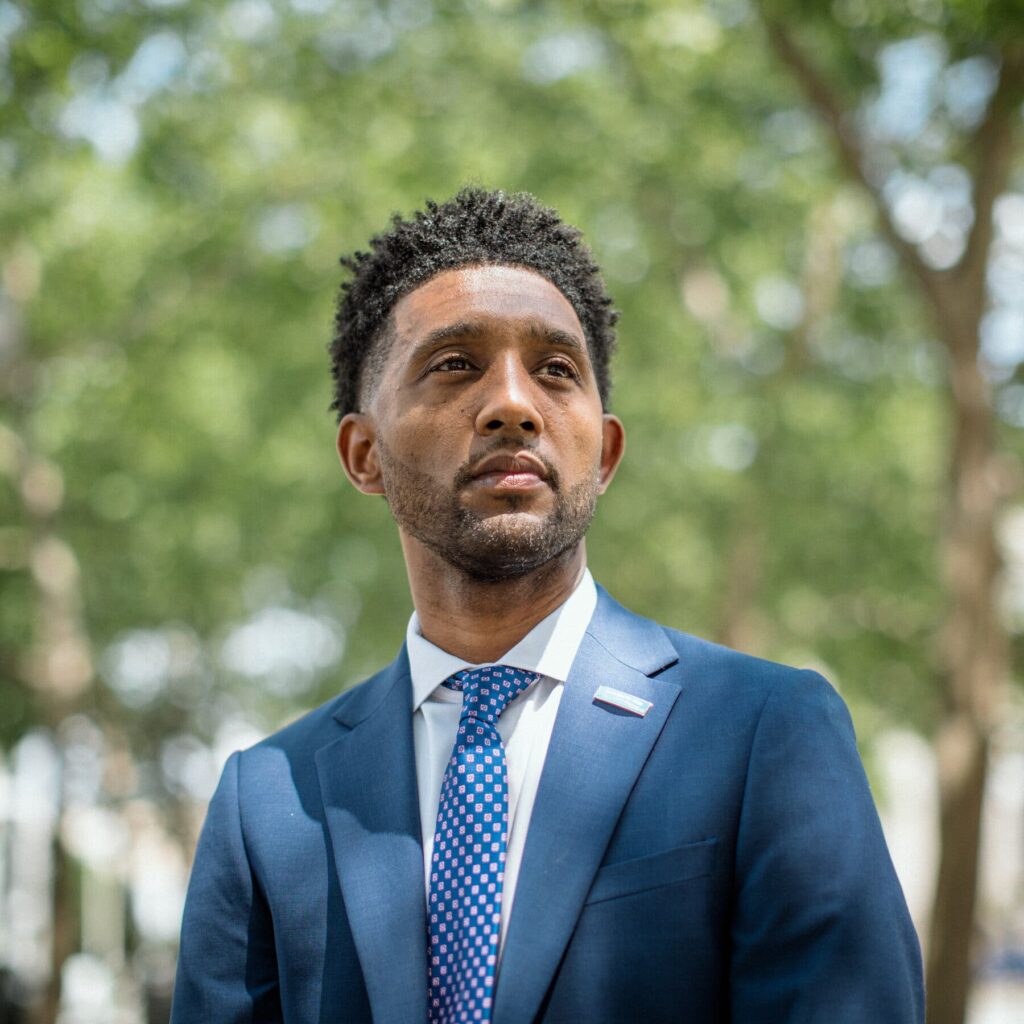
Caption: Brandon Scott, Baltimore’s 41-year-old mayor, grew up in the Park Heights neighborhood, where poverty was everywhere. This project, he said, will be his legacy.
For Mr. Scott, 41, who was already planning to run for mayor when he was in elementary school, resurrecting neighborhoods that were left behind was a priority. “To be a true son of Baltimore, I had no choice other than to say we are going to step up in a big way to solve this problem,” Mr. Scott said in an interview.
So far, the city has reduced the number of vacant houses to less than 13,000, from 16,000. It has spent around $100 million over the last three years and together with the state will spend an additional $200 million over the next year, said Michael Moiseyev, Baltimore’s chief financial officer.
